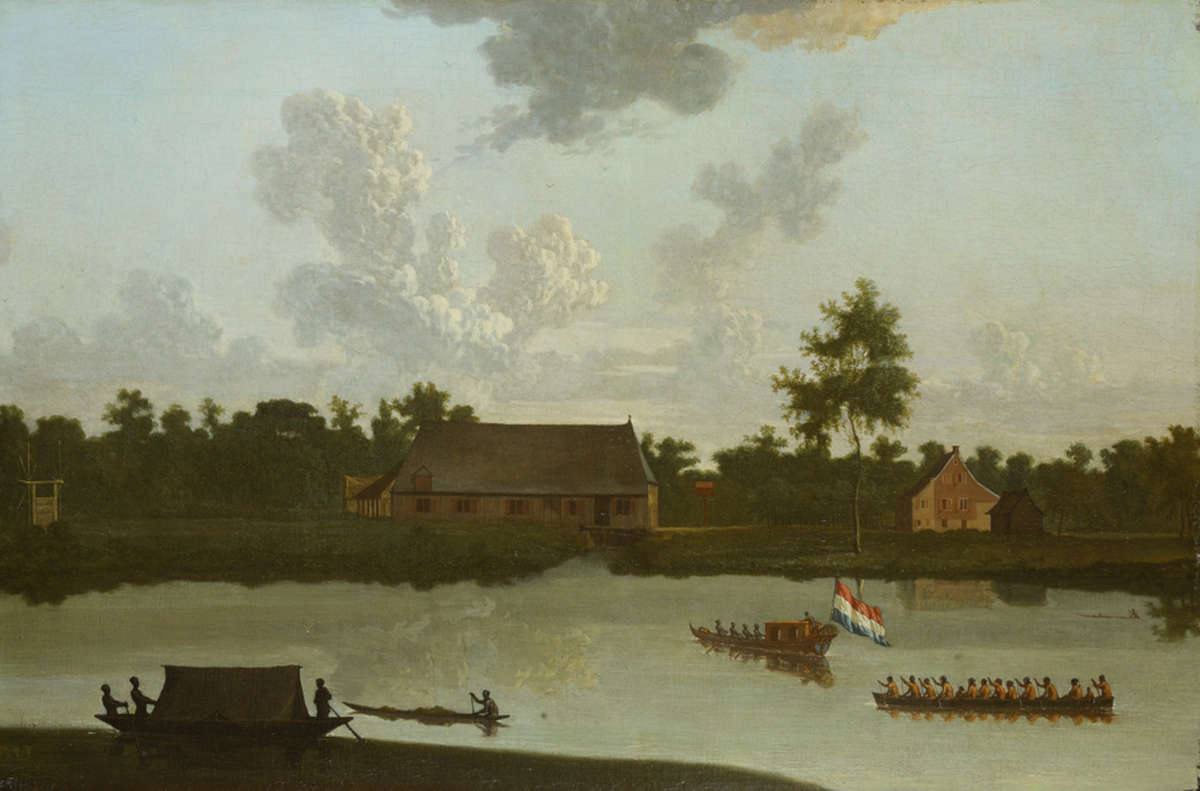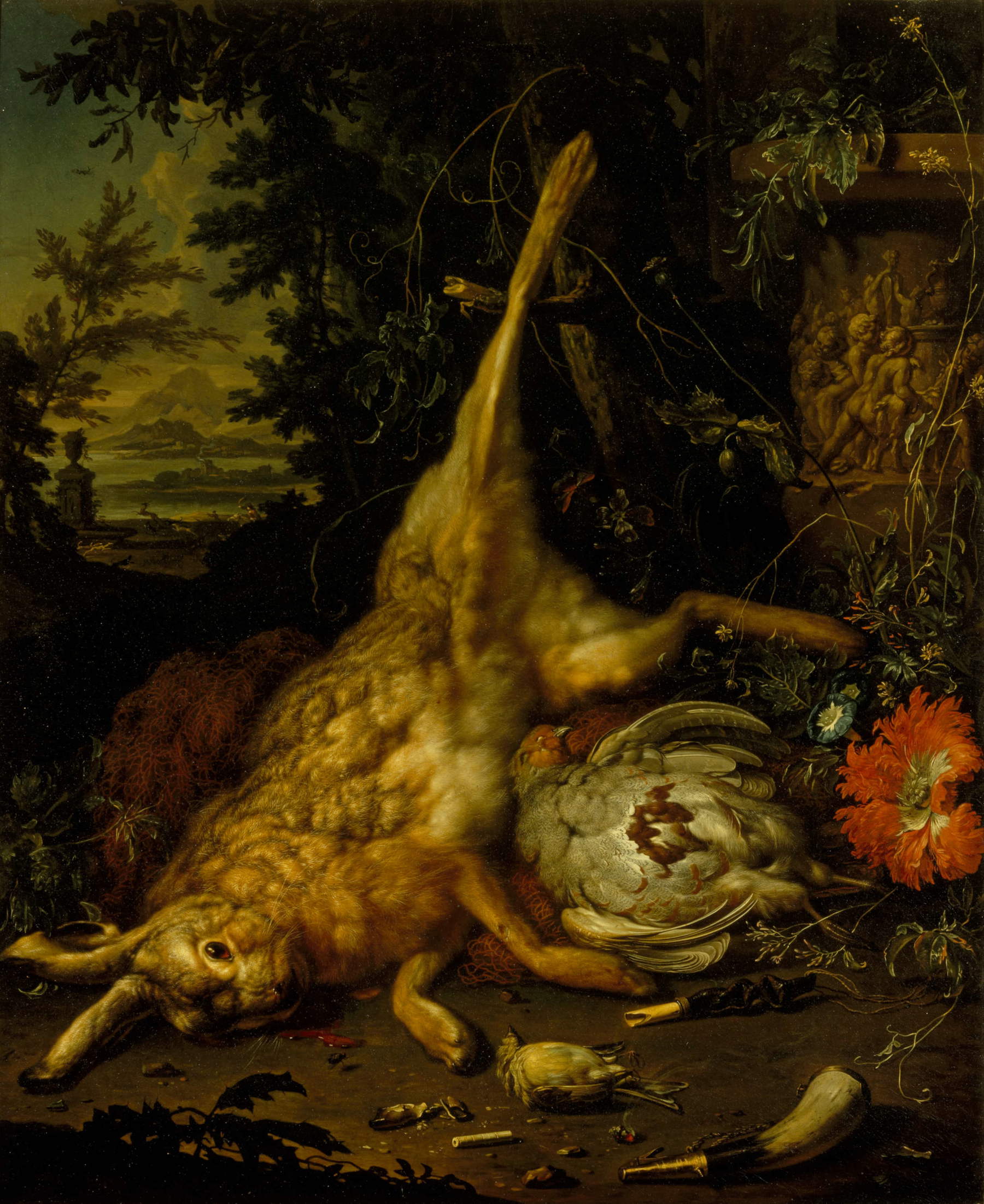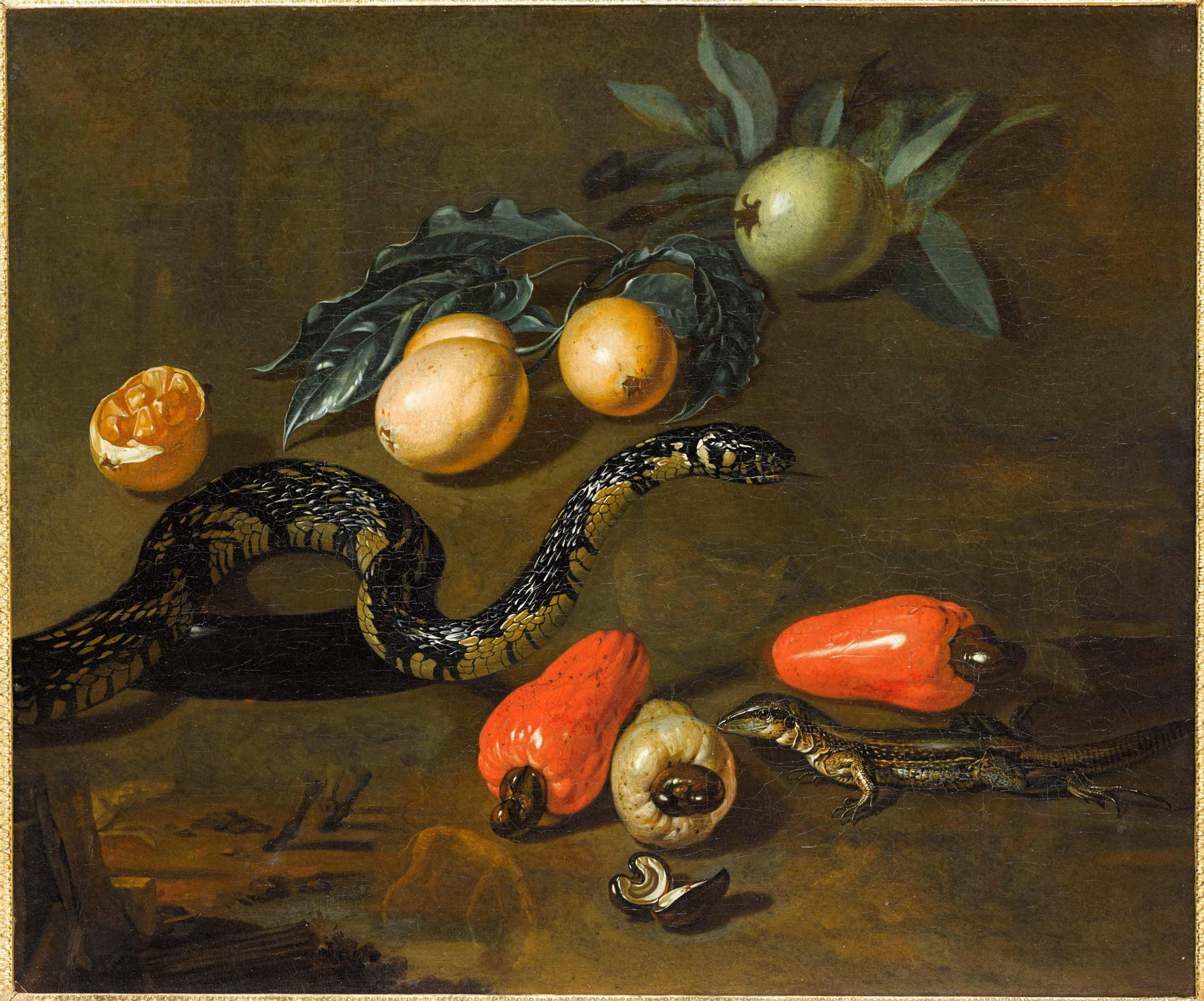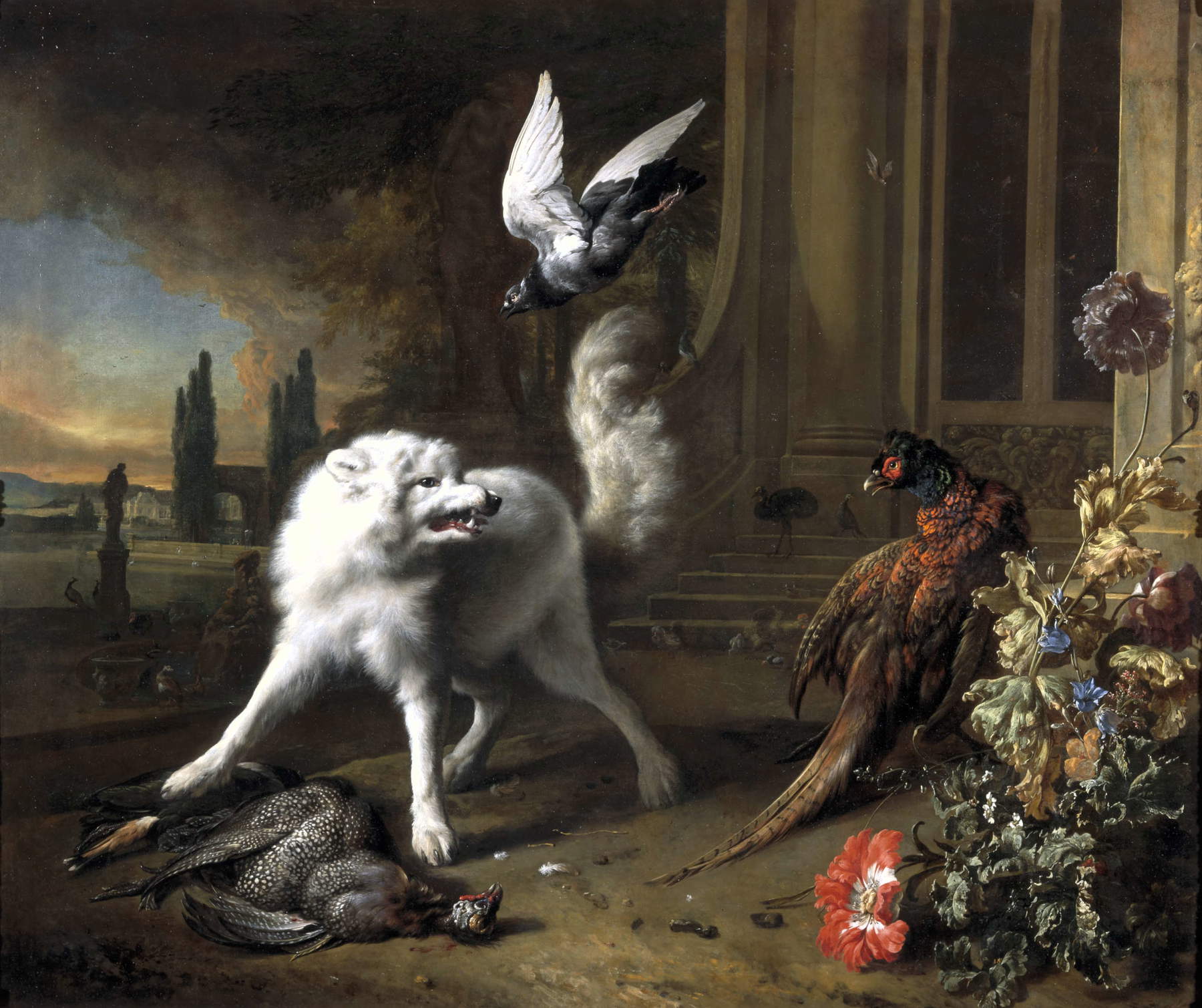A unique dialogue between ancient and contemporary at the Centraal Museum in Utrecht, the Netherlands, from Sept. 13, 2025 to Feb. 13, 2026: as part of the exhibition, Dutch artist Willem de Rooij (Beverwijk, 1969) analyzes the visual culture of the past through the paintings of Dutch painter Dirk Valkenburg (Amsterdam, 1675 - 1721), who spent seven years in the early 18th century in Surinam, making images of African slaves and indigenous peoples on sugar plantations. Valkenburg’s position in the study of colonial imagery is unique: not only because his Surinamese works are among the first of their kind, but also because they coexist with his lesser-known hunting still lifes and portraits of imperial elites. Taken as a whole, his work analyzes the Western and white gaze on the rest of the world.
Since the early 1990s, Willem de Rooij has created temporary installations that analyze the politics of representation through appropriation and collaboration. His work is characterized by carefully curated publications and a select body of precisely crafted objects. Drawing on his experience working with film and sound, De Rooij uses montage as an artistic practice, with the idea of bringing out new perspectives from his work.




Centraal Museum artistic director Bart Rutten, explains the exhibition’s approach: “The Centraal Museum operates trans-historically: by looking at art of the past with a contemporary gaze, connections to current issues inevitably emerge. Valkenburg is a prime example of this: the installation marks a new stage in the distinctive work of Willem de Rooij, while shedding new light on the work of Dirk Valkenburg.”
Through an extensive installation, bringing together for the first time 25 works by Dirk Valkenburg, De Rooij reveals how 18th-century Dutch elites shaped visual culture to promote and perpetuate colonial ideology, and examines how the art and representation of portrayed subjects were used strategically throughout history.
The exhibition is accompanied by a comprehensive publication on Valkenburg’s work: a catalog raisonné produced in collaboration with the RKD - Netherlands Institute for Art History. Edited by Willem de Rooij and Dutch historian Dr. Karwan Fatah-Black, it includes fifteen new essays by international scholars in art history, colonial history, environmental humanities, queer studies, and postcolonial studies.
 |
| Utrecht, a contemporary artist reinterprets the colonial gaze of an 18th-century artist |
Warning: the translation into English of the original Italian article was created using automatic tools. We undertake to review all articles, but we do not guarantee the total absence of inaccuracies in the translation due to the program. You can find the original by clicking on the ITA button. If you find any mistake,please contact us.